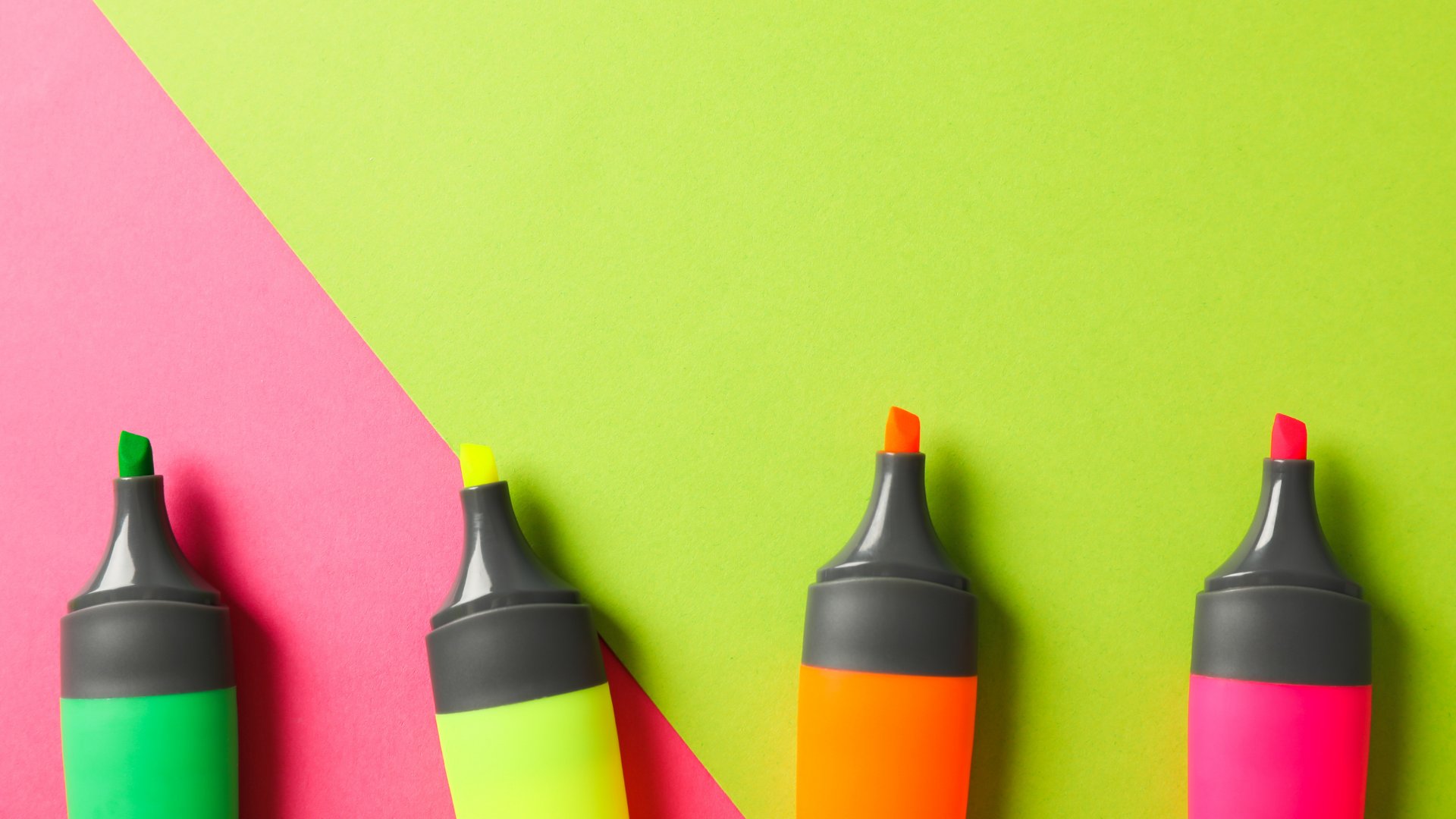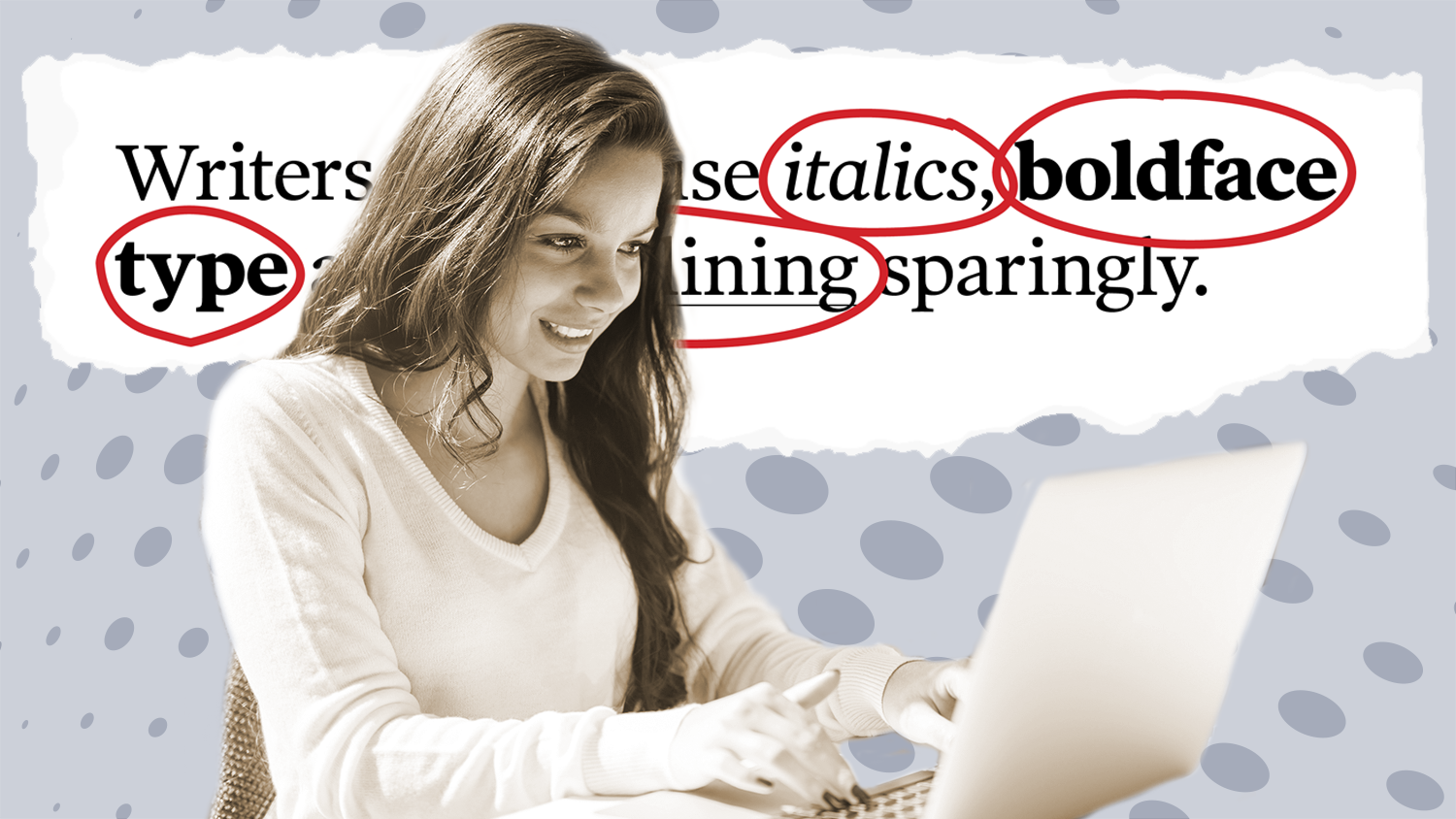Plagiarism and fabrication are among the most serious ethical breaches in journalism. In addition to ethical concerns, plagiarism and fabrication can also cause legal trouble.
No matter how high an organization’s standards may be, year after year, credibility-destroying scandals surface. Some of the most respected news organizations in the country and around the world have been caught up in plagiarism or fabrication scandals. These include The Washington Post, National Public Radio, The New York Times, the Guardian, CNN, the New Yorker and the BBC. No news organization can regard itself as immune. These scandals damage and destroy both promising new careers in journalism and veteran journalists’ legacies. All too many plagiarists and fabricators have deliberately misled their editors, producers and audiences.
For those who wish to have no association between their work and plagiarism or fabrication, avoiding the violations requires an understanding of how little it takes to cross the line. Sometimes, journalists or editors disagree about what constitutes plagiarism and fabrication. Individuals can publish what turns out to be plagiarized work unintentionally, putting their reputations at risk. Journalists and other authors seeking to boost their audience or improve the visual or audio quality of their work can, without meaning to, stray into fabrication with heavy-handed edits, re-enactments or too-vigorous retouching. Authors relying on contributors can be swept into plagiarism or fabrication scandals through the association of their names with works that incorporate plagiarized or fabricated elements.
The course will educate journalists, authors, editors, news producers, students, educators and news consumers about what plagiarism and fabrication are, why they are so toxic and how to avoid them. This course also will help editors and producers, as well as educators, detect and root out plagiarism and fabrication.
Questions?
We’d love to hear from you. Email us at info@poynter.org.








